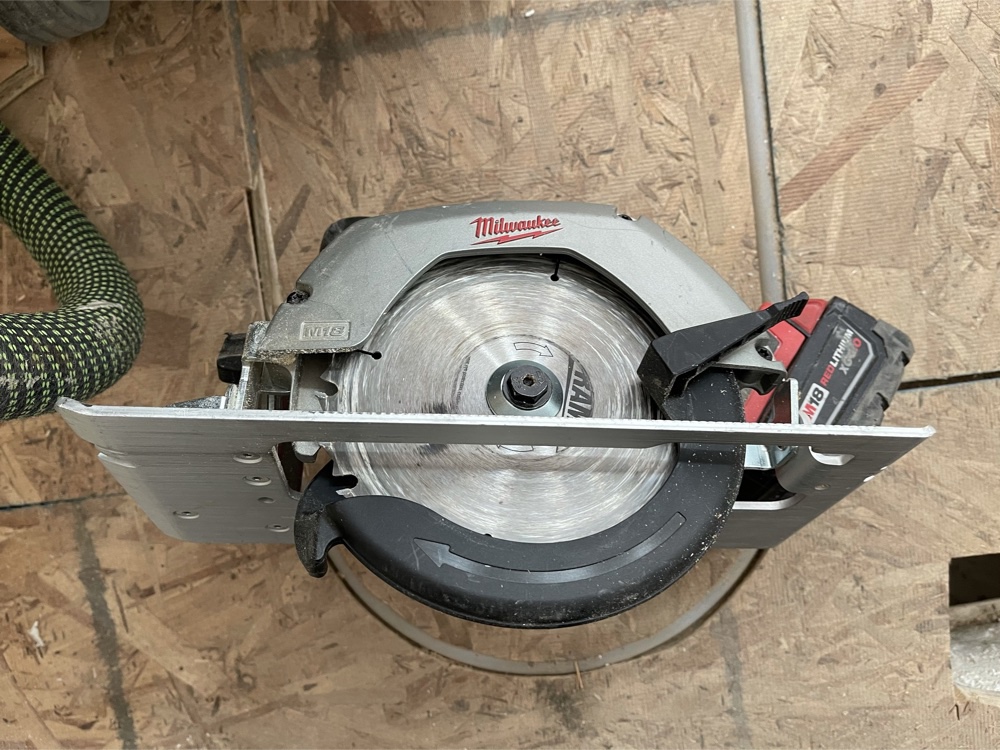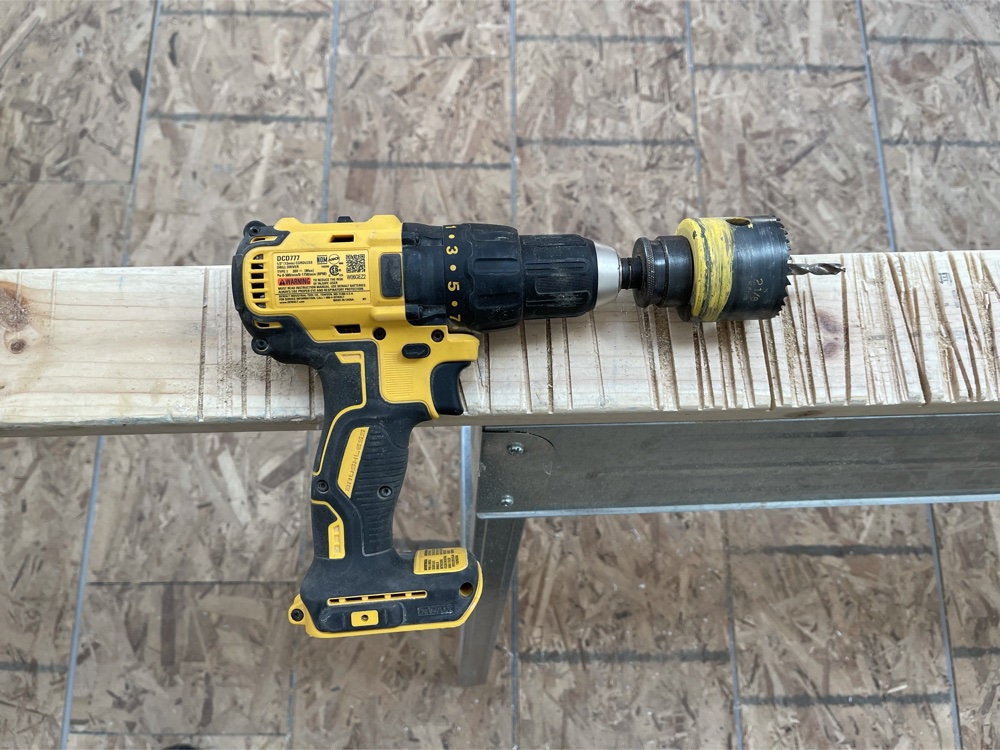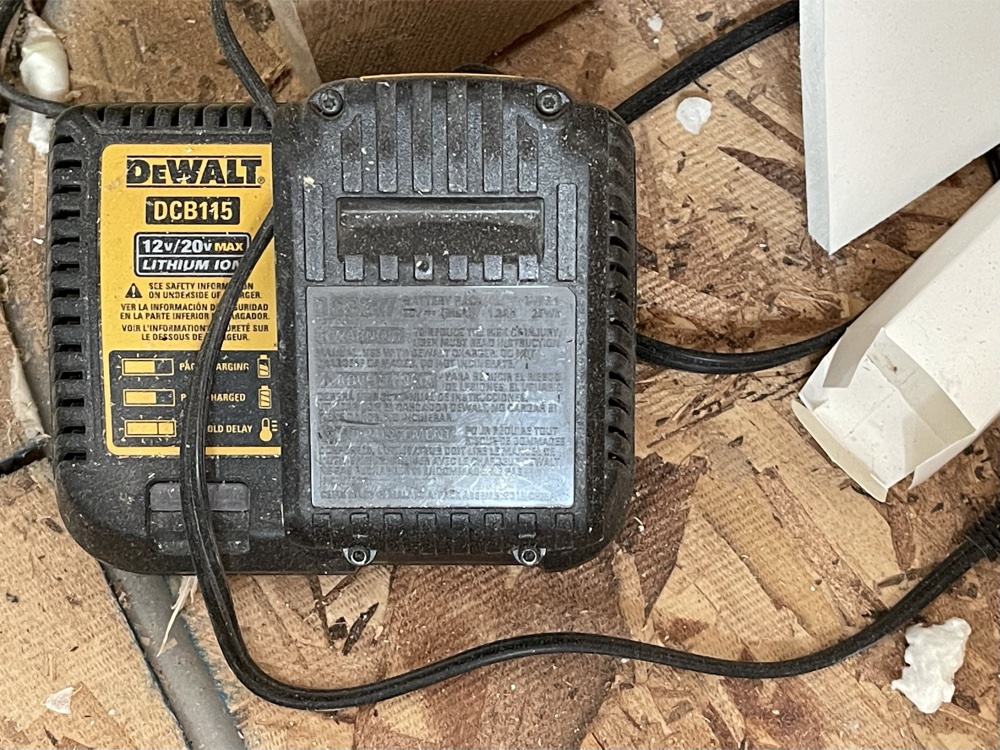If you are a homeowner, or a DIYer, you will need some basic tools. If you do more than the most simple repairs you will benefit from power tools, and cordless power tools are generally the most convenient to use. However, there are so many different brands, models, and price points that it can become difficult to know how much you should spend or what you should buy.
The information that I am going to give you is general in nature. For instance, I may note that a particular brand is made for professionals, but that doesn’t mean that the average home owner can’t use it. Likewise, you may see a professional who is starting out in their work life using a homeowner level brand, like Ryobi.
Brand names.
Brands tend to segment themselves as tools for homeowners, DIYers, and contractors/professionals. Some companies make multiple brands, for instance ITT makes brands for all three segments (Ryobi, Ridgid, and Milwaukee).
Home owner brands include brand names like Ryobi, Craftsman, and Black and Decker.
DIYer brands include Rigid, Skill, and possibly Kobalt.
Professional user/contractor grade brands include Milwaukee, DeWalt, Makita, and Festool.
What is the difference between brand name classifications?
A higher level brand name may include features that a consumer would not likely use. More importantly, a pro-level tool is designed to work for many hours, every day, and for years. A professional will pay more for a more expensive brand, but it will pay for itself in the long run. However, a consumer level brand will be fine for the homeowner who has to do an occasional project.
Corded or cordless.
Most professional like cordless tools, as they are much more convenient to use. However, there are times when corded product is a better choice. In general, a corded tool will be more powerful and always at the ready. You don’t need to remember to charge its batteries, or have a spare.
Corded tools make sense in high power applications, like a table saw that is being used to cut large planks of wood. However, cordless tools shine when finer work is needed. For instance, it is much easier to use a cordless jigsaw as there is no cord to get in the way (and to get cut).
Batteries.
Batteries are specific to a brand, and they are expensive. As a professional, I have three batteries charged at any given time, and I rotate them between the charger and the tool as I work on a job. Batteries come in all sizes, and larger ones cost more. In addition, a larger battery is heavier and can shift the balance of the tool in an awkward way, making the tool’s use uncomfortable. I have never used off-brand batteries, but some of my sub-contractors have and they have regretted it. If you need to depend on a battery you are best using the expensive branded version.
Naturally, you will need a charger to replenish your batteries. Chargers are also specific to a particular brand.
Cost.
There is a significant cost difference between the different brand classifications. You can often save some money by buying a kit that includes several tools. However, there is no cost savings if you buy tools that you will never use. Some kits include a charger and batteries, some do not. Batteries significantly add to the cost of a tool, so don’t be fooled by a kit that has a low price, but doesn’t include batteries. Some manufacturers sell their tools at a very low price because they know that they will make their profit on battery purchases.
Voltage.
Most cordless power tools use power systems that range from 12 volts to 24 volts. The higher the voltage the more powerful the tool (in general). A 12-volt system is fine for basic home tools (like a drill). However, most professional drills operate between 18 and 20 volts. Although you will see a performance difference between a 12 volt and 24-volt tool, there isn’t much of a difference between an 18 volt and 20-volt tool. There are also some cordless tools that are very high voltage (60 volts). These specifications are reserved for tools that demand a lot of power, such as a powerful saw. High voltage tools can rival a corded tool. However, I use a Milwaukee circular saw that uses an 18-volt system that meets my professional needs on a daily basis. The bottom line is to get a tool that meets your needs vs. reading a specification page.
Amp Hours.
Where voltage indicates power, Amp hours indicate capacity. Many of the batteries that I use are around 5 Ah, as they seem to be a good compromise between size and power capacity.
Models.
Within any brand there are different models that can significantly differ in price. some tools have more features, other may have more power. If you are planning on doing serious construction work you will want to choose your model carefully. However, if you are buying a drill or driver to hang pictures most makes or models will work just fine for you.
Brush vs. Brushless.
Many brands will have models that have standard motors with brushes, and others with motors that have a brushless designs. A motor with brushes is cheaper to make and will be found in lower-end products. Motors with brushes are less efficient, and have mechanical parts that wear out. A brushless motor is more energy efficient (your battery will last longer), and it will deliver its power smartly. It will use less power for soft materials (like pine) and more power for harder materials (like oak). For a typical homeowner a brushless system is unnecessary. However, a brushless system can be a plus for the serious DIYer or professional.
What I use.
I have used Milwaukee tools for decades, but I recently switched to the DeWalt brand after using a friend’s tools on a job. Both are great brands, but the DeWalt seemed to offer a bit more power. I also have some Festool corded power tools. Festool is the Cadillac of tools, and the brand has flawless engineering and innovative designs. Unfortunately, it has a price to match.
Recommendations.
If you are doing simple products there is no need to buy a premium brand tool. In many cases a 12 volt system will work just fine for you. However, if you are planning on a more significant construction project it pays to buy better equipment. Better tools not only last longer, but they work better. If you don’t want to spend the money for a contractor grade tool, consider a brand like Ridgid, which straddles the distance between homeowner grade and contractor grade equipment.


Lately, I have been switching over to DeWalt as their tools seems to be a bit more powerful for the money.
